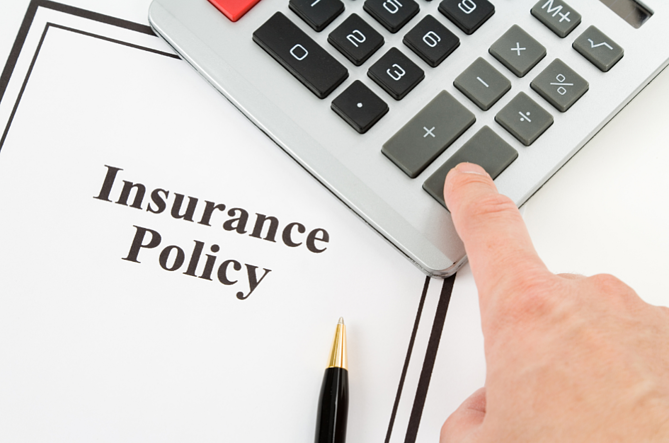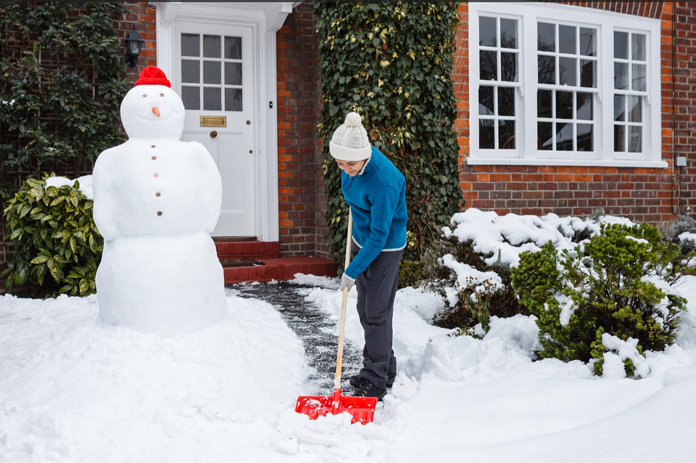
Homeowners' insurance can be a major risk-management tool that saves you money in the long run and, even when your premiums exceed your claims, saves you out-of-pocket expenses and interest on loans you would otherwise have had to take out for urgent repairs. Additionally, your homeowners' policy can give you extra peace of mind in knowing you have instant access to needful funds when you suffer a major, unexpected loss.
However, many people fail to even read through tediously worded homeowners' insurance contracts and neglect to upgrade their policies when their property value has risen due to renovations and improvements. Expensive electronics, new appliances, a new HVAC system, along with a host of costly personal possessions can also be added to a policy, but many forget to adjust their policies to their new situation
There is another reason to adjust a home insurance policy, however, that has nothing to do with ordinary increases in property replacement value. Winter, the most damaging season of the year for any home, merits a review and possible adjustment of an existing policy. Some good tips on getting your insurance terms aligned with the risks of the winter season include:
1. Consider Temporarily Increasing the Coverage
During a season of added risk, there is nothing amiss about paying a little extra for some extra peace of mind. You don't want to find out in the dead of winter, after the damage is already done, that you don't have enough coverage to fix it.
2. Verify Winter-Related Damage is Covered
Most home insurance policies cover a number of winter-damage categories, especially structural damage from storm-tossed trees, shingles ripped off by gusty winter winds, and frozen water pipes. Some may also cover roof collapse due to heavy snow loads or porch overhangs that fall after being weighed down by sheets of ice. You need to verify what is covered and what is not, and add anything that has a reasonable chance of occurring.
3. If Hail is Not Covered, Add it
Sometimes, hail is a default part of a policy, and other times, it is an option. Severe hail damage is not especially common, but when it does happen, it is very costly. It can ruin your roof and/or concrete driveway, and those are expensive enough investments to be worth some extra protection.
4. See if You Have HO-2 or HO-3
HO-2 policies, also called "broad forms," cover you for 16 distinct disasters and operate on the principle of inclusion. An HO-3 policy, however, is based on exclusions and often does not cover problems deriving from power outages and water damage. It is best to switch to an HO-2 in most cases, at least, for the duration of winter.
5. Avoid Small Claims, Watch for Big Claims
Although small claims like spoiled food from a winter power outage, a $100 drywall repair from a short-lived leak, or a blown-off, ice-filled downspout may save you a bit in the short run, they will cost you more in the long term. Generally speaking, any claim under $500 will end up costing more than it saves. Next year, the insurer will likely be raising your premiums due to claims frequency even though you didn't get much benefit out of it. Save your claims for the major incidents, and you’ll get more back long-term.
Winter is one of the most prolific creators of home-insurance claims. Yet, many homeowners are not prepared for the different risk situation that winter presents. By adjusting your policy for the duration of the cold season, you can cover yourself when it counts most.


